Embarking on cryptocurrency mining involves more than just setting up hardware; it requires careful selection of equipment, software, and strategies to optimize your mining efforts. This guide covers the essentials of mining hardware options, including GPUs, CPUs, ASICs, and FPGAs, as well as considerations for mining software, wallets, and pools. Whether you're starting with a gaming computer or investing in specialized hardware, understanding each component will help you build an efficient and effective mining setup.
Hardware
To mine cryptocurrency, you'll need hardware to run mining software. A typical gaming computer can be an excellent starting point to learn the basics and get started before investing in dedicated hardware. Most gaming PCs are equipped with a capable CPU and GPU, and many mining software options are compatible with Windows.
GPUs
The most common method of mining is with GPUs. These dedicated graphics processing units, commonly found in gaming computers, can be assembled into "mining rigs" that house multiple GPUs. It is typical to build rigs with 6 to 12 GPUs, all connected to a single motherboard. Be cautious with wiring and power supply, as multiple GPUs can consume a significant amount of power. Proper setup is crucial to ensure stable and efficient operation.
Estimates and mining benchmarks for GPUs
CPUs
All computers have a CPU, so why not use it for mining as well? CPU mining was the original method and is often the starting point for new cryptocurrency projects. If the algorithm is later optimized for GPUs, mining performance typically improves with GPU support. Most motherboards only support a single CPU, so to mine with multiple CPUs, you'll need multiple complete systems, each with its own CPU, motherboard, memory, and power supply.
Estimates and mining benchmarks for CPUs
ASICs
Dedicated hardware designed specifically for mining a single algorithm, such as ASICs, typically offers significantly higher performance compared to general-purpose hardware like CPUs and GPUs. ASICs (Application-Specific Integrated Circuits) usually feature a built-in web interface that allows you to easily configure mining pools and wallets, making setup straightforward. However, they tend to consume a lot of power, generate considerable heat, and produce significant noise, so they are best suited for use in specialized, dedicated locations.
Estimates and mining benchmarks for ASICs
FPGAs
An FPGA, or Field-Programmable Gate Array, is a versatile semiconductor device that can be programmed after manufacturing to perform a wide variety of tasks. Unlike traditional CPUs or GPUs with fixed architectures, FPGAs can be reconfigured to suit specific applications or algorithms, making them highly adaptable.
FPGAs can be particularly effective for mining cryptocurrencies, offering high performance for tailored algorithms. However, to utilize an FPGA for mining, you will need access to bitstreams—pre-configured files that define the FPGA's hardware logic for specific algorithms—or possess the skills to create them yourself. Unlike CPUs and GPUs, bitstreams and mining software for FPGAs are less widely available, but some resources do exist.
Estimates and mining benchmarks for FPGAs
Mining OSes
Once you move beyond a standard gaming computer, using a dedicated mining OS will enhance your ability to set up and manage your mining operation effectively. We recommend reading our dedicated article on mining OSes to gain an overview and discover which option best suits your needs.
Mining OSes
What to mine
Choosing which cryptocurrency to mine does not have a one-size-fits-all answer. Strategies vary widely: some opt to mine the most profitable coin based on current estimates, while others focus on projects they believe in or engage in speculative mining, targeting emerging projects with high yields or early-stage potential. The best choice depends on your goals, resources, and risk tolerance.
Software
Once you've decided which cryptocurrency to mine with your GPU or CPU, you'll need to choose mining software that supports both the cryptocurrency's algorithm and your hardware. Some mining programs are designed exclusively for Nvidia GPUs, others for AMD GPUs, or even only CPUs. Additionally, some software supports various combinations of hardware. Ensure that the software you select is compatible with both your cryptocurrency and your mining setup.
Wallets
To receive and store the cryptocurrency you mine, you'll need a wallet specific to that cryptocurrency. The official website of the cryptocurrency usually provides information on how to obtain a wallet.
Warning: Always exercise caution when installing and running software from unknown sources—do your research!
Many miners opt to mine directly to an exchange, which can be convenient if your exchange supports it. However, this approach carries higher risks. It's generally safer to mine directly to your own wallet, where you have full control. Remember: "Not your keys, not your money!"
Pools
Once you've decided what to mine, selected the appropriate software, and obtained a wallet, you're ready to begin mining. The simplest approach is to join a mining pool. A mining pool provides your mining software with tasks, which your hardware processes and returns to the pool. You earn a share of the rewards based on your contribution. The pool's website will detail the payout system and allow you to track your mining progress, earnings, and payouts to your wallet.
Our
miner options wizard can assist you in selecting the right mining software, pool, and generating the command line needed to start mining.
Conclusion
In conclusion, successfully mining cryptocurrency requires a well-rounded approach that includes choosing the right hardware, configuring appropriate software, and managing your mining operations efficiently. From GPUs and CPUs to ASICs and FPGAs, each type of hardware has its own advantages and requirements. Additionally, selecting the right mining software, securing a reliable wallet, and participating in mining pools are crucial for maximizing your returns. By carefully considering these factors and leveraging the resources provided, you'll be well-equipped to navigate the complexities of cryptocurrency mining and achieve your mining goals.
The creator/owner of Hashrate.no goes by the alias r0ver2. Has a long experience with GPU mining and mining in general. After starting with home mining in 2017, slowly building up the mining operation while gaining experience and knowledge - he joined SimpleMining's support team in 2020. Also been an active supporter of mmpOS since 2021 - and part of the testing team for lolMiner since mid-2021.
Last updated: June 10, 2025

































 Kryptex
Kryptex MinerBros
MinerBros Jingle mining
Jingle mining